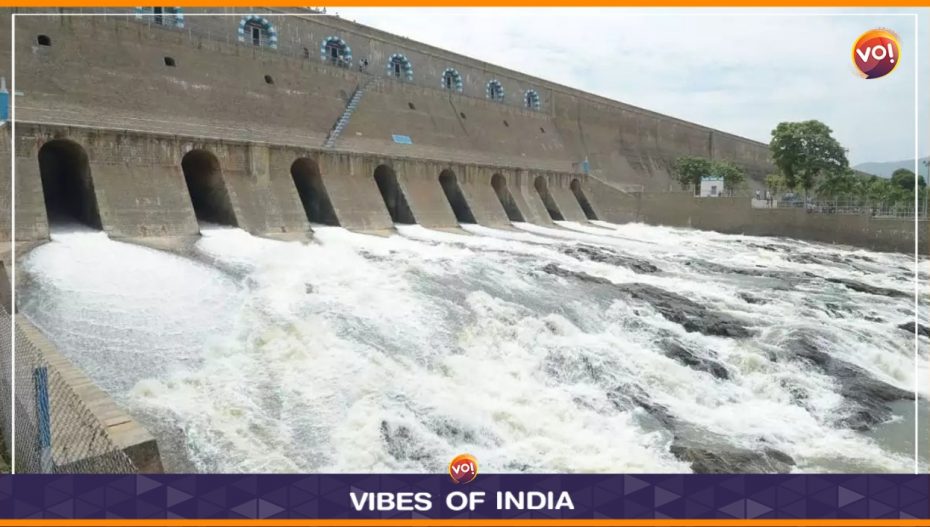A recent United Nations research stated that 3,700 dams in India could lose 26% of their total storage capacity by 2050 as a result of sediment buildup, which might threaten future water security, irrigation, and power generation.
According to a 2015 Central Water Commission analysis, out of 141 sizable reservoirs older than 50 years, 25% have lost at least 30% of their original storage capacity. Around the world, trapped sediment has already reduced the initial storage capacity of 50,000 major dams by an estimated 13 to 19%.
The study by the United Nations University Institute on Water, Environment and Health (UNU-INWEH), also known as the UN’s water think tank shows that the initial global storage of 6,316 billion cubic metres in 47,403 large dams across 150 countries will drop to 4,665 billion cubic metres by 2050, resulting in a 26% loss of storage.
The lost storage capacity of 1,650 billion cubic metres is almost equivalent to the total annual water demand of India, China, Indonesia, France, and Canada. 60% of the world’s population resides in this area, making water storage essential for maintaining food and water security.
The report said, “UNU-INWEH estimates that India’s 3,700 large dams will have lost on average 26 per cent of their initial total storage by 2050.” China, the country with the biggest dams in the world, has already lost nearly 10% of its storage and will lose an additional 10% by 2050.
Infrastructure for water storage is essential for development. Large dams and reservoirs often serve numerous purposes at once, including hydroelectricity generation, flood control, irrigation, and drinking water.
Also Read: Meta Assigns Ex-Tata CliQ CEO As Global Business Head In India











